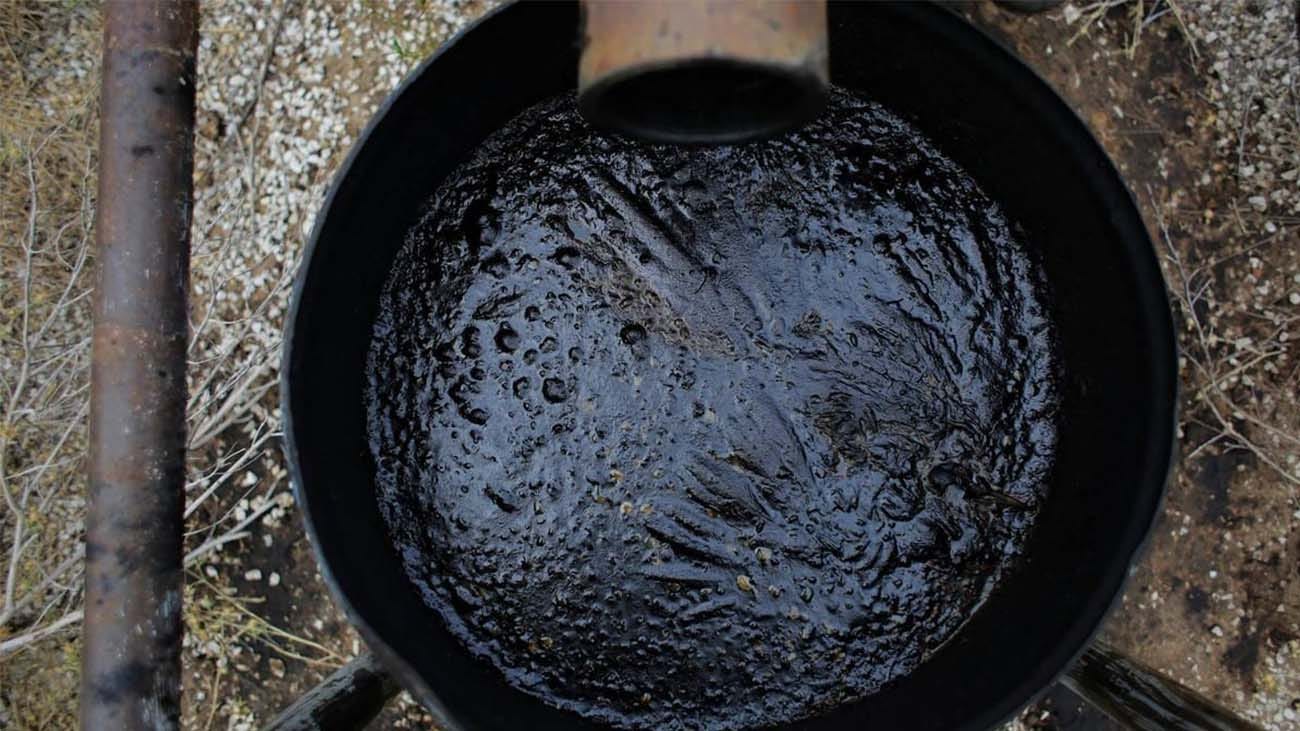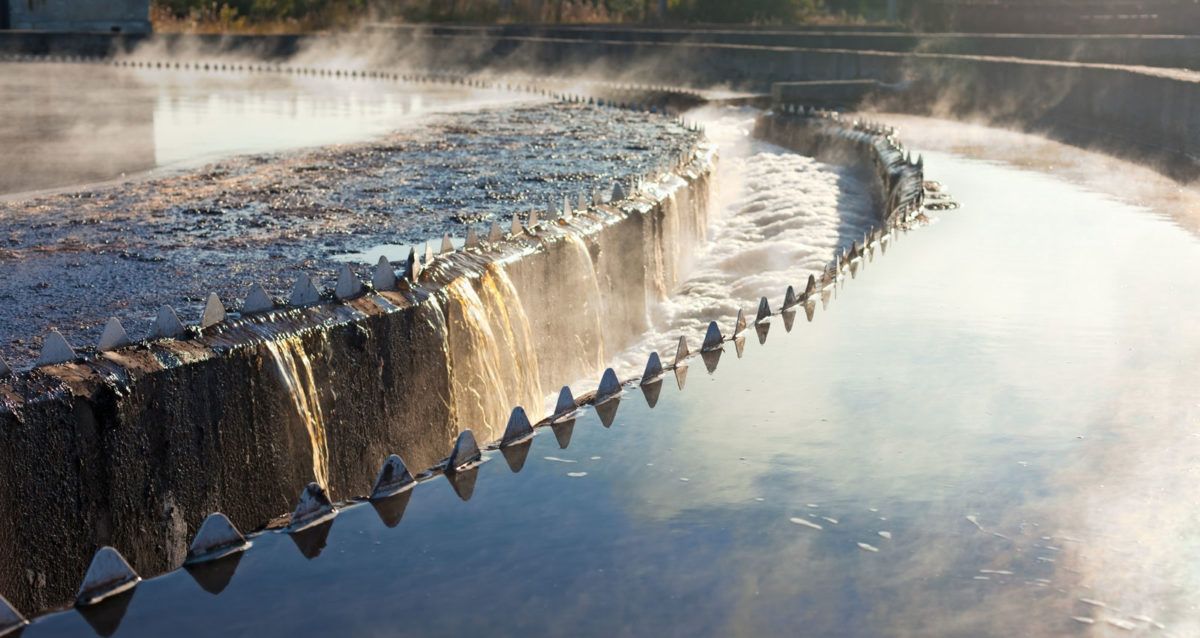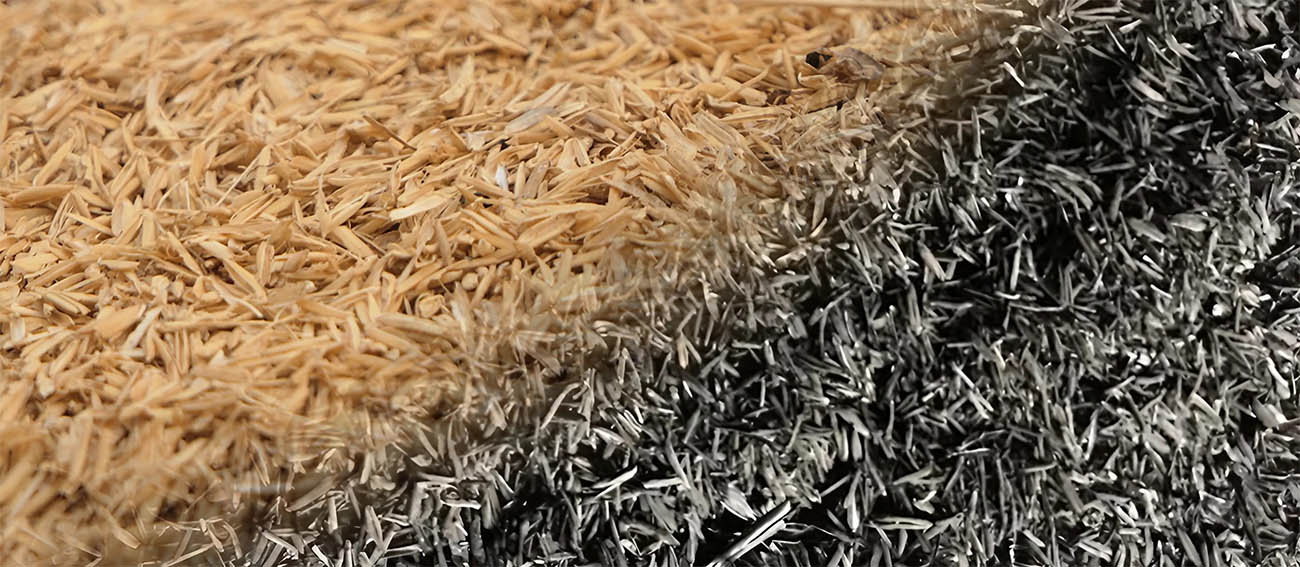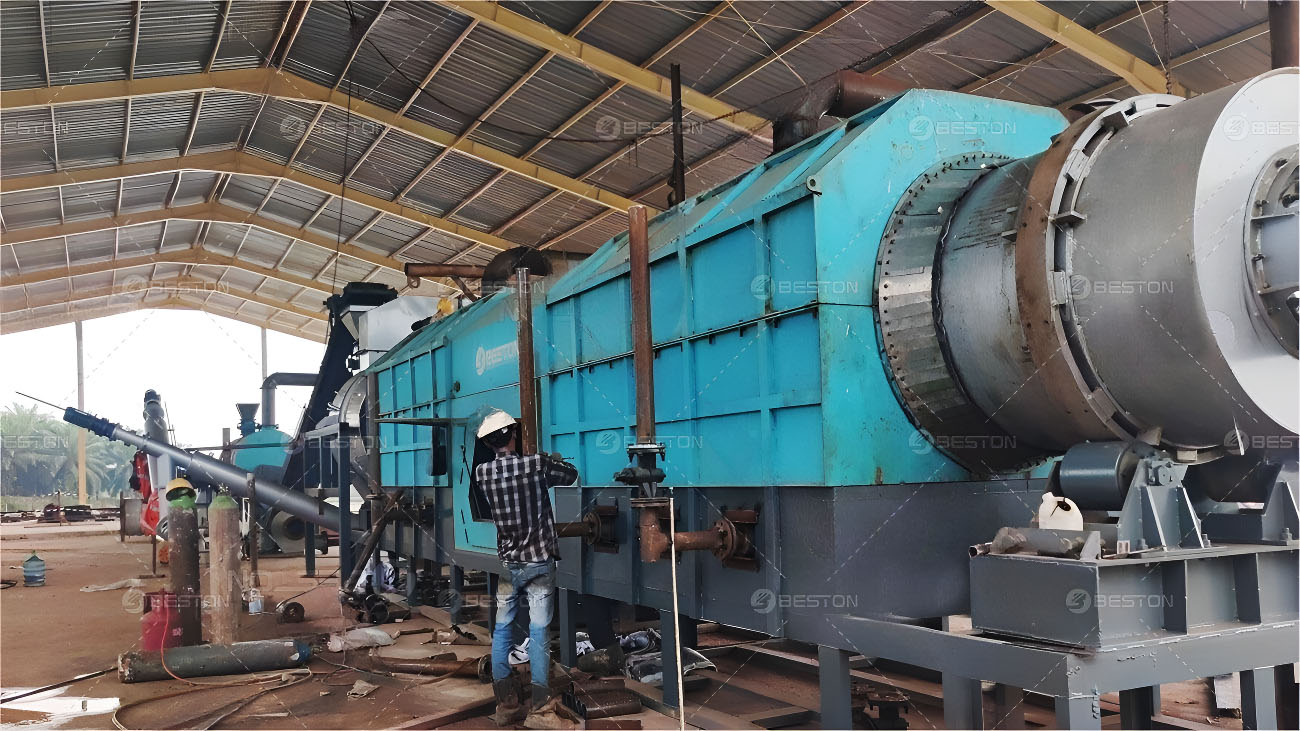The palm kernel shell (PKS) pyrolysis project represents a significant step towards achieving sustainability in waste management and renewable energy production. By utilizing innovative palm kernel shell charcoal machines, this project has the potential to bring about a range of sustainable effects, from waste reduction to energy generation and environmental conservation. In this article, we will explore the sustainable effects of palm kernel shell pyrolysis projects and their implications for a greener future.
Waste Reduction and Resource Recovery
Palm kernel shells, a byproduct of the palm oil industry, are traditionally discarded as waste or used as low-value biomass fuel. However, through pyrolysis technology, palm kernel shells can be converted into valuable products such as biochar, bio-oil, and syngas. This not only reduces the environmental impact of palm oil production but also maximizes resource recovery by extracting energy and carbon from biomass residues that would otherwise be disposed of or underutilized.
Carbon Sequestration and Soil Improvement
Biochar produced from palm kernel shells through pyrolysis is a highly stable form of carbon that can be used to sequester carbon dioxide from the atmosphere and enhance soil quality. When applied to agricultural soils, biochar improves soil structure, moisture retention, and nutrient availability, thereby enhancing crop productivity and mitigating climate change. By incorporating biochar into soil management practices, palm kernel shell pyrolysis projects contribute to carbon sequestration and sustainable agriculture.
Renewable Energy Generation
Pyrolysis of palm kernel shells produces bio-oil and syngas, which can be utilized as renewable energy sources for heat and power generation. Bio-oil can be directly burned in boilers or used as a feedstock for biofuel production, while syngas can be combusted in gas turbines or engines to produce electricity and heat. By replacing fossil fuels with renewable biomass-derived fuels, palm kernel shell pyrolysis projects reduce greenhouse gas emissions and promote energy independence and security.
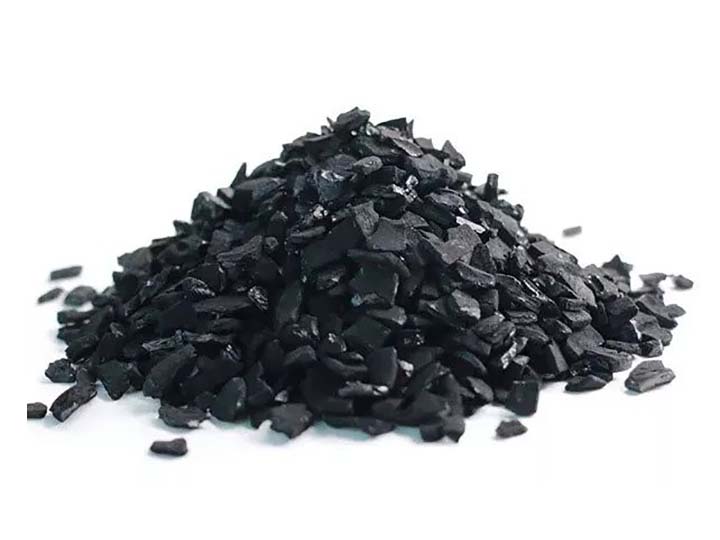
Economic Development and Job Creation
The establishment of palm kernel shell charcoal machine creates employment opportunities and stimulates economic development in rural communities where palm oil production is prevalent. From the collection and processing of palm kernel shells to the operation and maintenance of pyrolysis plants, these projects generate jobs along the value chain and support local livelihoods. Additionally, the sale of palm kernel shell charcoal and other pyrolysis products generates revenue and stimulates economic growth in palm oil-producing regions.
Environmental Conservation and Biodiversity Preservation
By diverting palm kernel shells from open burning or landfilling, palm kernel shell pyrolysis projects help reduce air and water pollution, as well as the emission of greenhouse gases and particulate matter. This contributes to improved air quality, reduced environmental degradation, and protection of biodiversity in tropical ecosystems where palm oil plantations are located. Furthermore, the sustainable management of palm kernel shells promotes ecosystem resilience and supports the conservation of endangered species and habitats.
Sustainable Development Goals Alignment
Palm kernel shell pyrolysis projects align with several United Nations Sustainable Development Goals (SDGs), including Goal 7 (Affordable and Clean Energy), Goal 8 (Decent Work and Economic Growth), Goal 12 (Responsible Consumption and Production), and Goal 13 (Climate Action). By promoting renewable energy, creating employment opportunities, fostering sustainable consumption and production practices, and mitigating climate change, these projects contribute to the achievement of global sustainability targets and the transition to a greener, more equitable future.
Conclusion
Palm kernel shell pyrolysis projects hold immense potential to bring about sustainable effects across environmental, social, and economic dimensions. By converting palm kernel shells into valuable biochar, bio-oil, and syngas through innovative pyrolysis technology, these projects contribute to waste reduction, resource recovery, renewable energy generation, economic development, and environmental conservation. As the world seeks sustainable solutions to pressing challenges such as climate change, deforestation, and energy security, palm kernel shell pyrolysis projects offer a promising pathway towards a more sustainable and resilient future.
